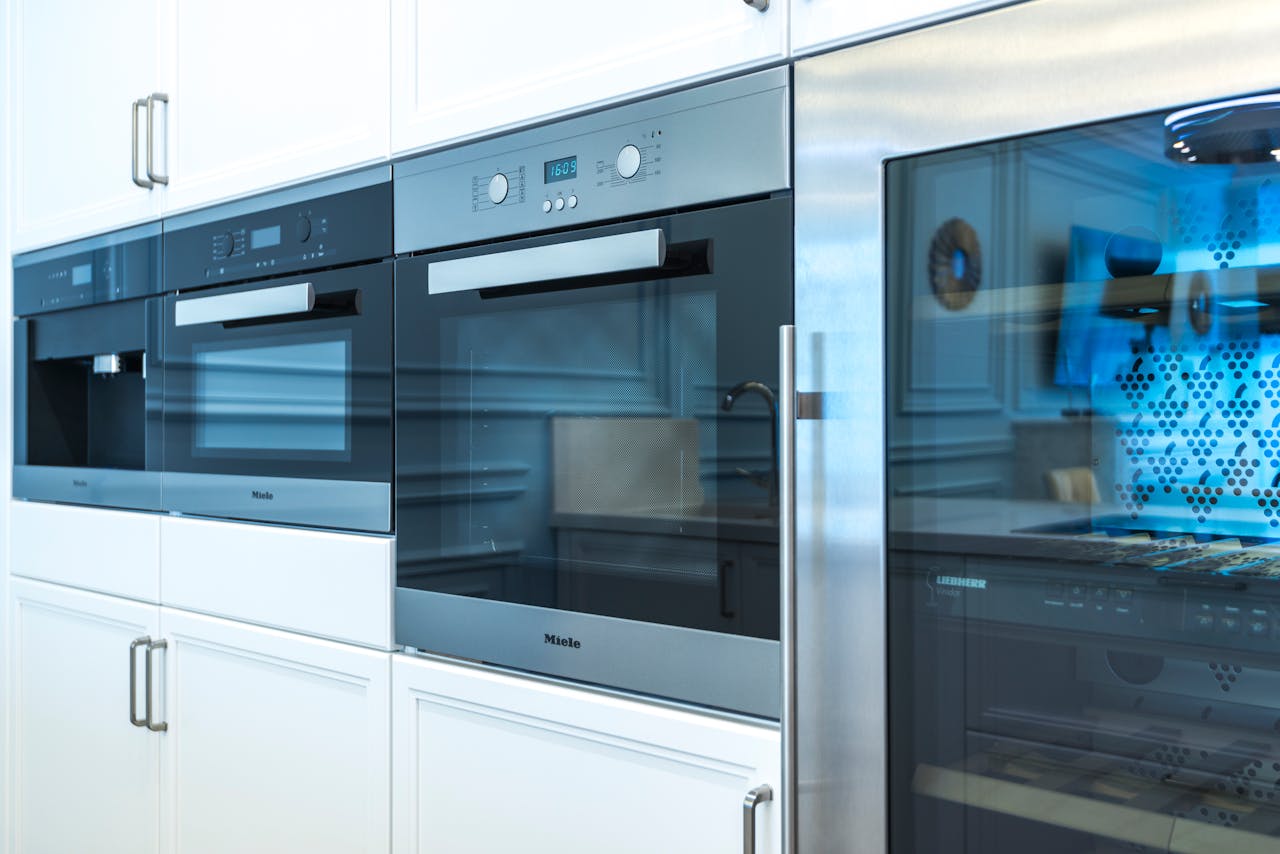
Microwaving frozen meals is a quick and easy solution for busy days. But what actually happens if you microwave frozen meals upside down? This question is more common than you might think. Maybe the label is hard to read, or you want to see if it cooks more evenly. Some people even do it by accident. Understanding the effects of microwaving frozen meals upside down can help you avoid soggy dinners, uneven heating, and messes in your microwave. Let’s look at what really happens when you flip your meal before cooking.
1. Uneven Heating and Cold Spots
The primary effect of microwaving frozen meals upside down is uneven heating. Most frozen meals are designed with the heating process in mind. The placement of sauces, proteins, and starches is intentional. When you flip the meal, the microwave waves interact differently with the food layers. The top layer, now on the bottom, may heat faster or slower than intended. This can leave you with some parts that are piping hot and others that are still ice cold.
For example, a meal with sauce on top is meant to allow the sauce to seep down and distribute heat evenly. When upside down, the sauce might burn or dry out, while the bottom layer stays frozen. Uneven heating is a common complaint from people who accidentally microwave frozen meals upside down, and it can make your meal less enjoyable.
2. Soggy or Mushy Textures
Another problem with microwaving frozen meals upside down is the texture. Many meals include a crisping tray or vented film to keep certain foods crispy. When these features are on the bottom instead of the top, they can’t do their job. Steam gets trapped in the wrong place, and moisture collects where it shouldn’t.
This is especially noticeable in meals with breaded chicken, pizza, or potatoes. Instead of a crispy finish, you may end up with soggy, mushy food. The design of frozen meals takes steam release and moisture control seriously. Flipping the meal disrupts this balance, leading to disappointing results.
3. Sauce and Cheese Migration
Many frozen meals come with a layer of sauce or cheese on top. When you microwave frozen meals upside down, gravity takes over. As the meal heats, sauces and cheese may slide to the bottom (now the top), pooling in one area. This can create a mess inside the container and even leak out onto the microwave turntable.
Not only does this result in uneven flavor distribution, but it also means you might lose some of the best parts of your meal. Cleaning up melted cheese or sauce from your microwave is no one’s idea of a good time. The next time you consider flipping your meal, remember that those tasty toppings are meant to stay on top for a reason.
4. Safety and Packaging Integrity
Microwave meal packaging is designed for safe heating in a specific orientation. Flipping it upside down can lead to unexpected issues. For example, venting holes or steam release tabs will be in the wrong place. This can cause pressure to build up inside the container, potentially leading to spills or even bursting packages.
Some meals have a crisping tray glued to the bottom. When you microwave frozen meals upside down, the tray can detach or become less effective. The result? A messier meal and possible damage to your microwave. Always check the instructions and keep the packaging upright to avoid these problems.
5. Cooking Time and Food Safety
Microwaving frozen meals upside down can also affect cooking time and food safety. The meal may require more time to heat through, especially if the densest part is now on the bottom. If you don’t adjust the cook time, you risk eating undercooked food, which is not safe, especially with poultry or pork.
Even if you add extra time, the meal may still not cook evenly. The FDA recommends following all cooking instructions exactly to ensure frozen meals reach a safe temperature. If you flip your meal, you’re not just risking a cold dinner—you could be putting your health at risk.
Should You Ever Microwave Frozen Meals Upside Down?
In most cases, it’s best to microwave frozen meals as directed, with the right side facing up. The design, cooking instructions, and packaging all work together to give you the best results. While it might be tempting to experiment, the risks—uneven heating, soggy textures, lost toppings, and safety concerns—aren’t worth it. If you’re curious about different cooking methods, try oven baking or air frying, but always follow the package directions for microwaving frozen meals.
Have you ever accidentally microwaved a frozen meal upside down? What happened? Share your experience in the comments below!
What to Read Next…
- 7 Surprisingly Healthy Frozen Foods That Save Time And Money
- 6 Popular Frozen Meals That Nutritionists Say Are Misleading
- Get These 5 Frozen Dinners For Your Family To Save Money And Eat Well
- How To Find Frozen Dinner Coupons 12 Simple Tips For Budget Friendly Shopping
- 10 Frozen Meals That Should Be Illegal To Sell Theyre That Bad
The post What Happens When You Microwave Frozen Meals Upside Down appeared first on Grocery Coupon Guide.







